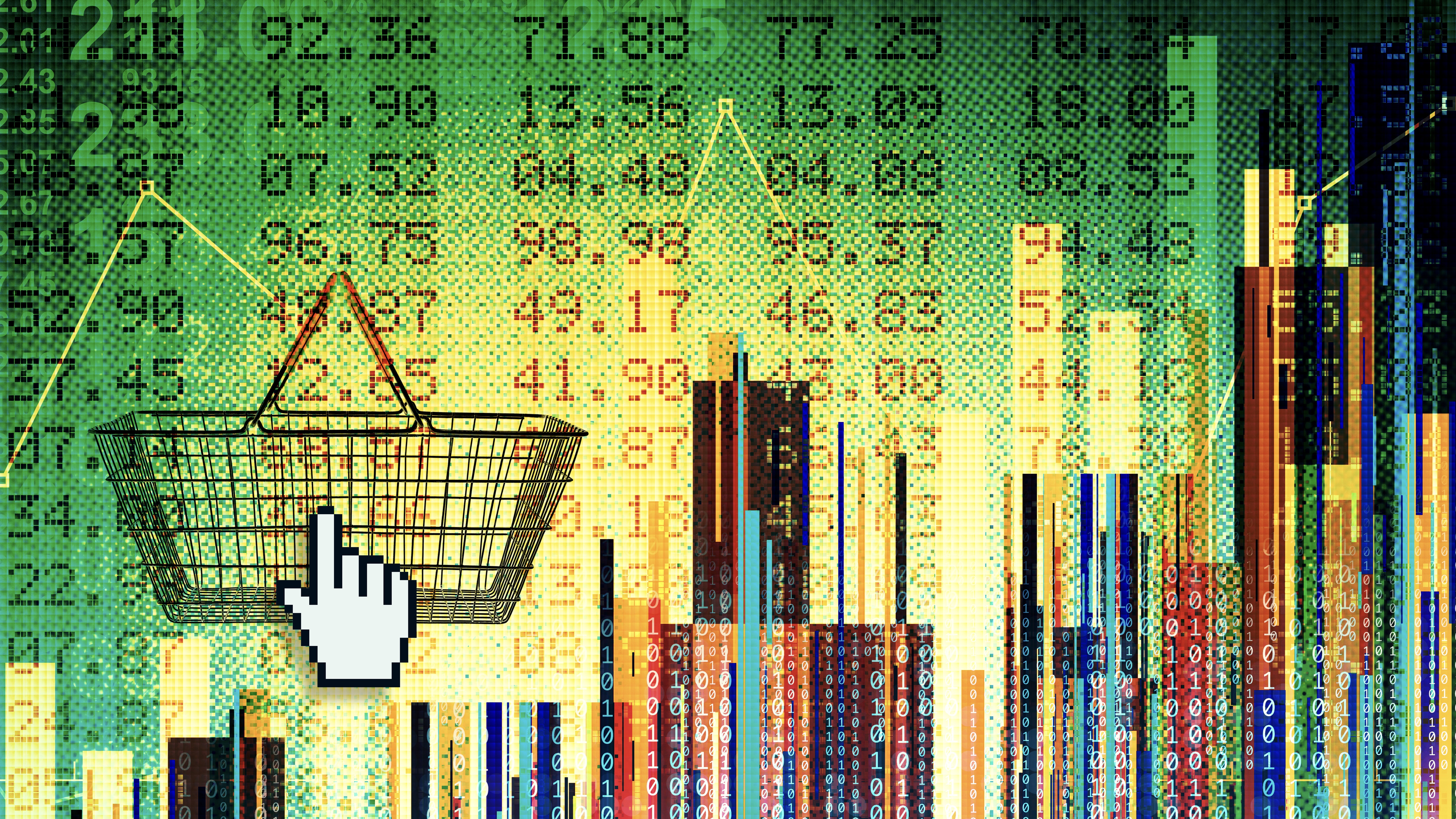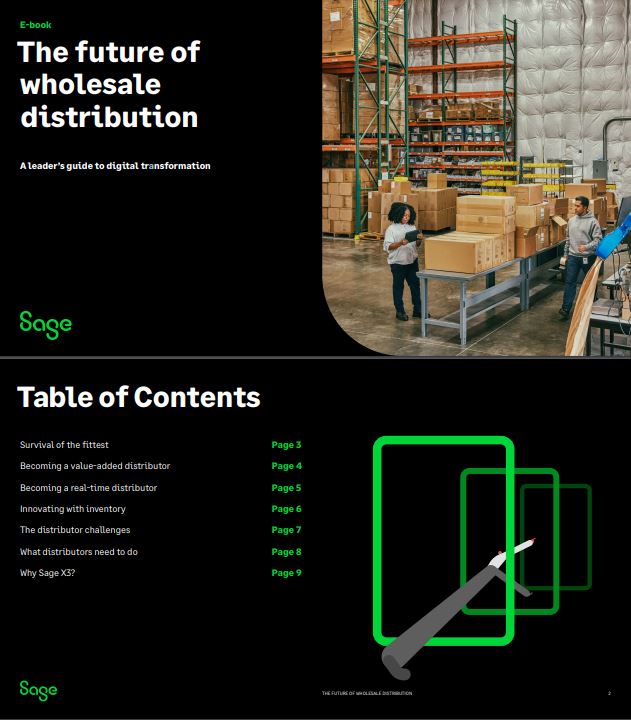What is the Internet of Behaviors (IoB)?
The Internet of Behaviors (IoB) can point your organization in the right direction when hoping to learn what customers really want

Keumars Afifi-Sabet
When you see a phrase like the Internet of Behaviors (IoB), it immediately draws connotations with the similar sounding Internet of Things (IoT). Fear not, though, because IoB isn’t a network in its own right. Rather, it’s a targeted business tool that piggybacks on existing IoT networks.
With the advent of IoT and a flood of internet-facing devices hitting the market, organizations have been excited to take advantage of these entirely new avenues for data collection. Whether it’s using IoT networks in smart cities, such as projects happening in UK cities like Leeds or Edinburgh, or retail giants using sensors to assess customer behavior, the potential for IoT has been widely hyped. But only by applying the principles of IoB can organizations truly understand why customers make purchasing decisions.
What is the Internet of Behaviors (IoB)?
RELATED RESOURCE

Why Customer Identity?
Learn how a renewed focus on Customer Identity can unlock innovation and inspire new capabilities
IoB is a field of research that vies to understand how people use technology to make purchasing decisions. It combines IoT – the idea of using smart sensors and appliances to collect data – with behavioral science and edge analytics. This blend illuminates the ways in which your customers reach buying decisions.
These platforms aggregate and analyze data generated from many different sources – including online activity as well as physical sensors. IoB systems analyze behavior to seek patterns that marketers and sales staff can then use to influence behavior in the future. Marketers can utilize IoB to monetize vast volumes of data that are collected, and under-used, by the many sensors deployed as part of a wider IoT network.
Is IoB ethical?
The principles of IoB might be interpreted as nudging customers towards profitable behaviors. While data-driven behavioral science must be handed with care, this particular mash-up of economics, psychology, statistics, and technology is actually quite respectful of the customer. Rather than trying to manipulate people’s desires, or push them into behaving in a particular way, it’s more about collecting and analyzing low-level information to come up with an offering that better matches their needs.
It’s understandable if you’re suspicious of any type of customer targeting, of course. It’s impossible to surf the web nowadays without being pestered with unwanted promotions and customized clickbait. Social media sites tend to exploit data to bring out the worst in human nature too. But an anonymized overview of typical customer behavior can help you tailor your offering and boost revenues without compromising anyone’s privacy.
How do IoB systems collect and use data?
Don’t make the mistake of thinking that valuable data has to be complex or expensive to obtain. There’s a huge variety of IoT devices out there that are perfectly simple and cheap enough for anyone to deploy at will – and when I say simple, I mean as basic as a pressure pad or a door sensor to track people coming in and out of your cake shop.
Sign up today and you will receive a free copy of our Future Focus 2025 report - the leading guidance on AI, cybersecurity and other IT challenges as per 700+ senior executives
Depending on the nature of your business, there may be a huge amount of priceless information already sitting in your web server logs, telling you when people visit your website, where they’re located, and so forth. The magic isn’t in the technology, but in the patterns of behavior that emerges once you sit down with your collected data and work out what it’s really telling you.
What’s the difference between IoB and big data?
Big data isn’t too far apart from IoB. But as the name implies, big-data approaches tend to work best with very large data repositories, unearthing connections that a human eye might miss because they’re lost in the mass of data – or because they involve data points that seem, at first glance, wholly unconnected.
Related link: What is small data and why is it important
IoB conversely benefits from an expert eye, because a human can intentionally collect and correlate a small selection of data points to draw specific inferences. Beyond just being a large spreadsheet, though, IoB also incorporates edge analytics. This is where technologies such as artificial intelligence (AI) come into their own. For example, imagine a CCTV camera that can identify faces and track whether someone entering your shop is a new or returning customer. It’s not a particularly difficult feat for a contemporary AI engine, and it adds a whole new dimension of meaning to all your other collected data.
Don’t expect too much, though. While smart technologies can greatly increase the speed and range of data capture for your IoB analyses, this isn’t a field where a black box can do all the work for you. Some parts of the ideal, theoretical behavioral analysis toolbox are still a good few years into the future.
- Keumars Afifi-SabetContributor
-
 Researchers claim Salt Typhoon masterminds learned their trade at Cisco Network Academy
Researchers claim Salt Typhoon masterminds learned their trade at Cisco Network AcademyNews The Salt Typhoon hacker group has targeted telecoms operators and US National Guard networks in recent years
-
 HPE says unified channel strategy won't force Juniper partners to generalize
HPE says unified channel strategy won't force Juniper partners to generalizeNews Does the company embrace specialists or want a full portfolio push? The answer, it seems, is both
-
 The future of wholesale distribution
The future of wholesale distributionWhitepaper A leader’s guide to digital transformation
-
 Modernise your server infrastructure for speed and security
Modernise your server infrastructure for speed and securityWhitepaper Infrastructure lifecycle automation paves the way for an adaptive, resilient organisation
-
 Retailers can save £1 billion by ‘synching their data’
Retailers can save £1 billion by ‘synching their data’News Retailers working from one source of product data could save money and help make mobile retail a reality.
-
 Retailers move High Street battle online
Retailers move High Street battle onlineNews The latest e-retail customer service index has found traditional high street players coming up the ranks to challenge pureplay e-commerce firms online.
-
 Web sales grow as the high street declines
Web sales grow as the high street declinesNews IRMG and BRC both release Christmas online shopping stats.
-
 Data mining boosts Jaeger profits
Data mining boosts Jaeger profitsNews The British fashion retailer has achieved a return on its investment three months after installing new loss prevention data mining software.
-
 Is TalkTalk vulnerable to takeover?
Is TalkTalk vulnerable to takeover?In-depth The telephony and broadband division of Carphone Warehouse is set to be sold. Why is Carphone selling and who is likely to be interested…
-
 Shopping centre unveils major IP investment
Shopping centre unveils major IP investmentNews Leicester 'Highcross' centre featuring new integrated networks, security and retail applications has just opened its doors to the public.